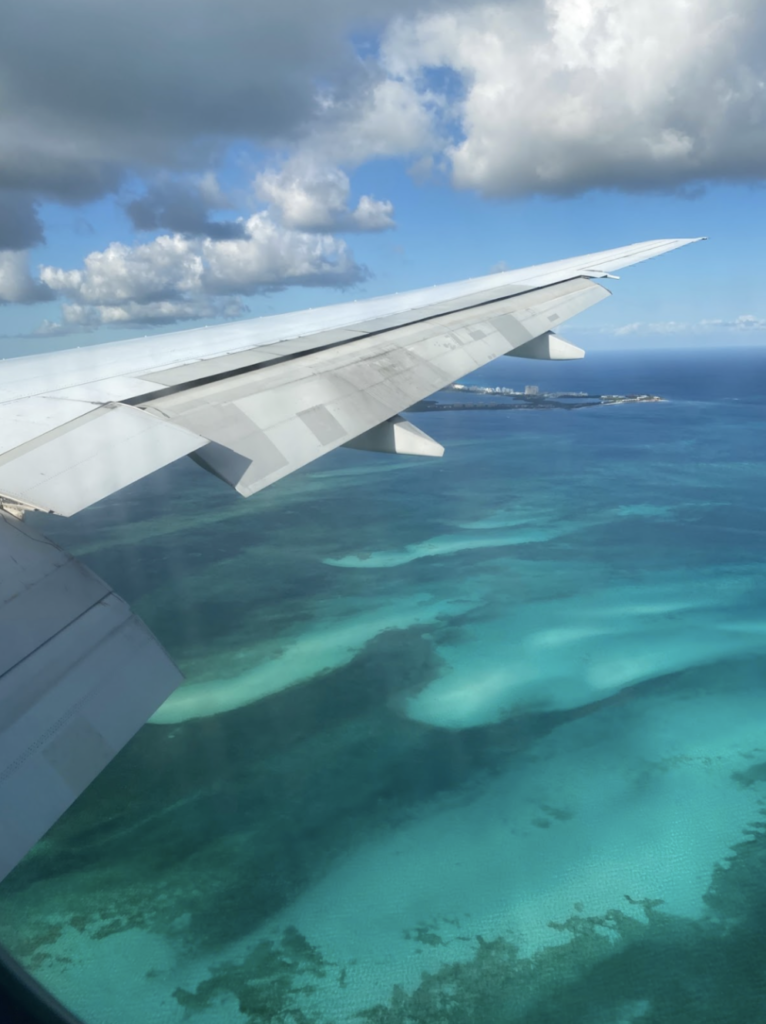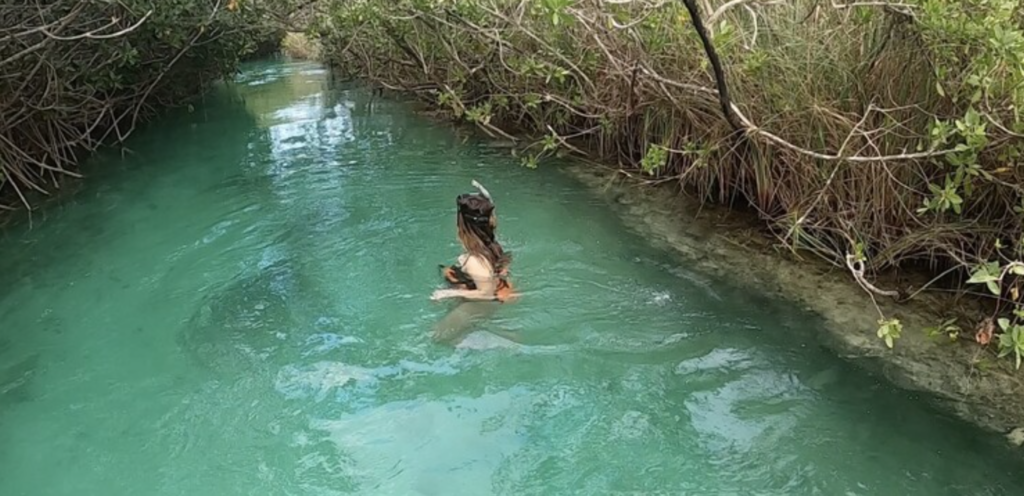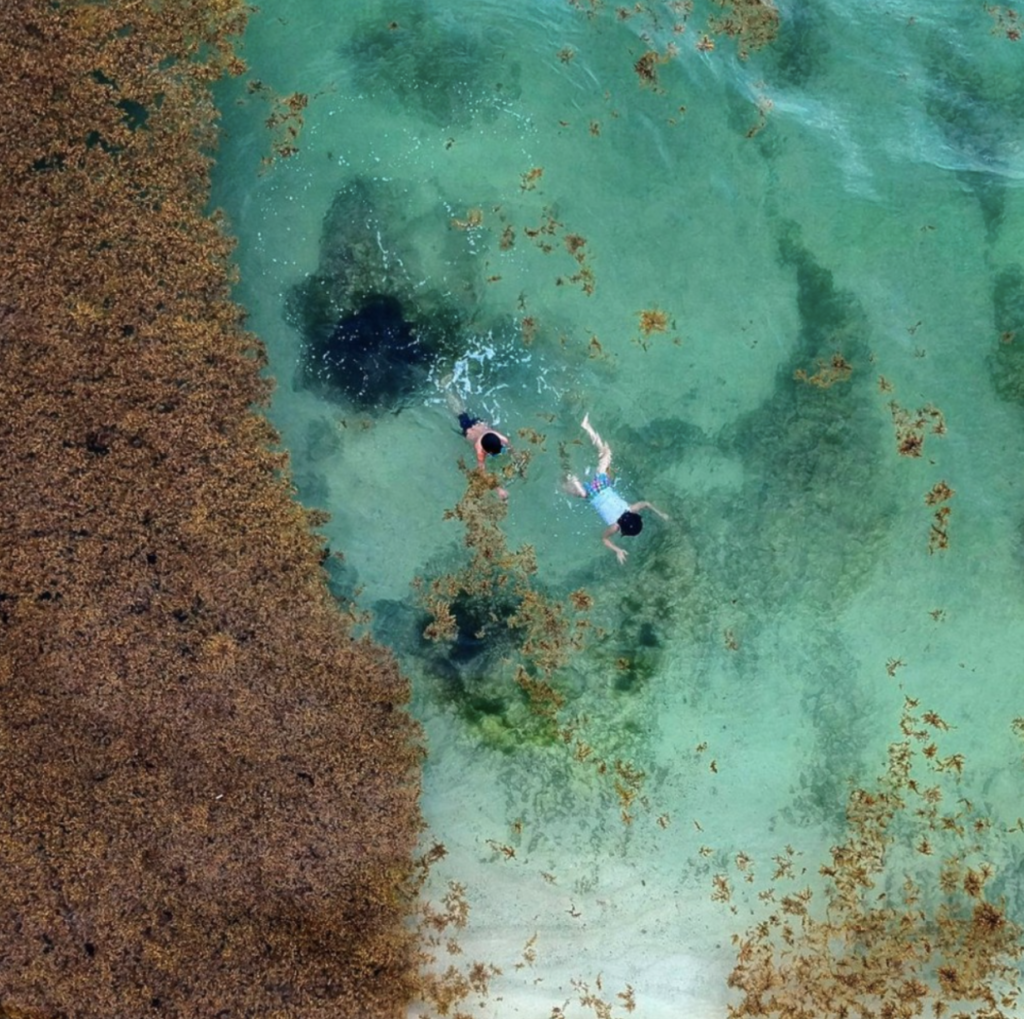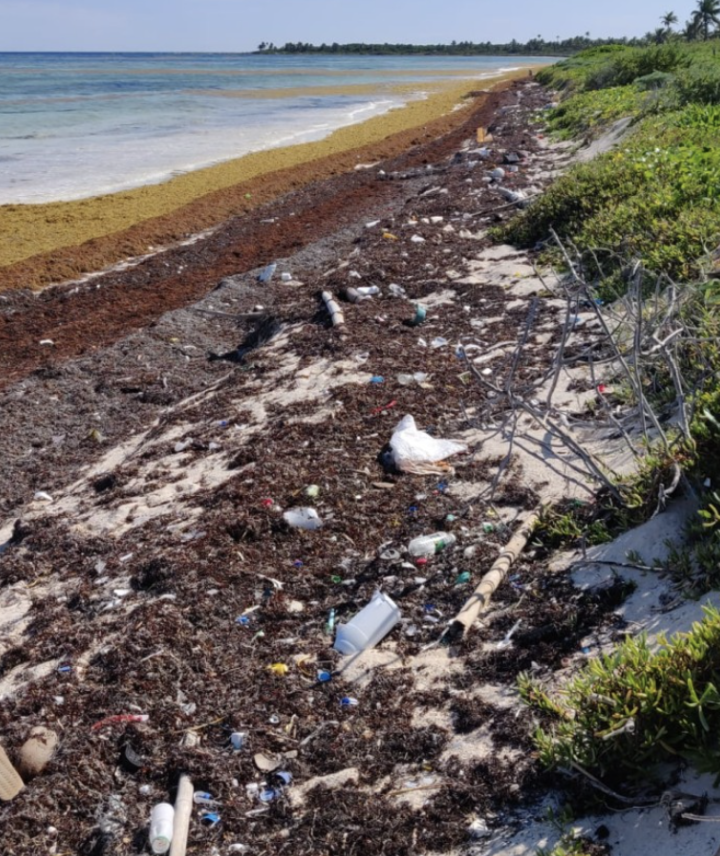Part 1: Decoding Tulum’s Eco-Illusion: My Dive into Tulum’s Sustainability Quandary
Article written by: Lata Potter
Introduction
This is the first of a two-part article where I dissect the picture-perfect fantasies of Mexico shown on social media. My story explores many mind-numbing headaches that I encountered when working to improve the sustainability of a hopelessly unorganised hotel in paradise. Read on to learn more about what it might be like to stay in a “fake” eco-hotel.
In the second part of the article, I will be delving deeper into what the difference is between “fake” and “real” eco-hotels while giving you insights into what can be done to influence change. As Travellers we do have control over sustainable tourism, and this blog will empower you to make the right decisions.
Arriving in radiant and colourful Mexico – My First Impressions
At the start of 2022 I embarked on a journey to a new country, one that I would describe as colourful and cheerful, culturally unique but with that comes many challenges. As an underdeveloped country, Mexico still has much work to be done in many aspects such as the health, safety, and societal issues. However, I believe these countries have a great potential to champion change for the better.

As I landed over the crystal-clear turquoise waters of Cancún and the widespread never ending green jungle, I couldn´t stop but to question how sustainable the tourism industry really is.
“Overtourism left me with expensive and low-quality tacos and tequila options”
I arrived in Tulum at night. As soon as I stepped off the bus, I felt overwhelmed from the humid heat clinging to my skin while the noise of cars honking disoriented me. I walked to a taxi stop to take a 30 min ride escaping from the hustle and bustle of the town towards the supposedly peaceful and scenic hotel zone. During that taxi ride it was dark as I rolled into the quietness of the jungle, but suddenly it opened into a noisy strip of beach club after beach club playing westernised pop and techno music. It was crowded with dancing tourists emptying their wallets for tourist tacos and tequila shots, low-quality versions of what locals consume. Travelling to Mexico presumes you’ll eat, you know – REAL Mexican food. Overtourism, it seems, incentivises profits over quality at the expense of keeping travellers ignorant to the country’s mouth-watering gastronomy found only when you delve deeper into the authentic Mexican street food and taquerias.
While I travel like a backpacker, I came to Mexico to develop my career in sustainable tourism. I began my journey working at a hotel based in the Riviera Maya, an area that is rich in natural and cultural resources and history. I was responsible for the impact pillar, which involved a multitude of tasks regarding sustainability within the hotel. This became a very challenging position because to my surprise, there was no fundamental strategy implemented. No one oversaw this pillar, and I was an unpaid intern with a 6-month contract and foundational experience. Was this hotel really going to rely on me to create their long-term CSR policies and sustainable vision? I started asking questions to my managers about what was in place and how I could start implementing new projects, but guess what? They didn’t know.
This hotel was part of a global chain that had very clear sustainability values, goals, and requirements at global level. But what’s the worth of this if at a local level this is not implemented. There was no proper delegation or structure to achieve this common goal. Is it all just talk? Where is the actual local impact?
Behind the Scenes of Mexico’s Unsustainable Tourism Industry.
I am about to delve deeper into what I considered the most shocking issues encountered during my time in Tulum. These topics are key to watch out for when trying to identify if you are in a “real” eco-destination or if it is all “fake”. Some things are so covered up that the tourist doesn’t see them to the casual eye, we must go beyond the surface and behind the scenes.
Infrastructure
The 30 min ride from the hotel to the town, demonstrated the best example of unplanned tourism development I have ever seen. Tulum has grown exponentially in the past 20 years, from a small local undiscovered town in the 80’s, when visitors would camp on the virgin beaches, to a tourism hub accommodating about 2 million tourists per year.
“Growth doesn’t always incentivize improvement; Improvement is the result of mindful and thorough planning”
The rapid expansion and creation of what has now become a collection of want-to-be “eco” hotels resulted in the destruction of ecosystems and species such as jungles, reefs, and mangroves. That is mainly because there was no development plan, and the infrastructure was not in place to accommodate such growth. In the period 2015-2021 there was a growth of almost 5,000% in construction licences, most of which infringe planning law, only 2% account for an environmental impact statement.
Pollution: from decibels to fossil-fuels, how is your hotel contributing?
Walking around Tulum’s hotel zone among “nature-friendly eco-hotels”, should be a pleasant stroll for tourists wanting to roam around the area while taking in Mexico’s colourful and exotic nature, right?
I assumed the best, but I ended up facing the worst. It started with sound pollution and continued with air pollution. Would you want your walks through the jungle to be fogged with loud music from each beach club you passed or with the noise of traffic? As a 21-year-old backpacker partying might be top of mind, however, brain rattling obnoxious noises in paradise seemed annoyingly out of place for a tropical warm place of relaxation. When you finally thought you found some peace and quietness, you would suddenly walk past a noisy generator belching hot air in your face.
“Shouldn’t we be living in harmony with nature?”
Privately-owned diesel-powered generators are what the hotels use as a source of energy. There is no power grid in the middle of the jungle! Businesses in the area spend over 8.5 million dollars consuming around 9 million litres of fuel per year. Generators power various appliances across the premises, and shockingly 60% of the energy used by the average hotel is to maintain excessive and daylong use of electricity-guzzling air-conditioning.
Water: an essential element to humanity – let’s take care of it.
“Around 70% of the world’s surface is water, it is equally 60% of our human body”
I was amazed by the interconnectedness of Tulum’s waterways – above ground and under! Below the roads of Tulum lies the world’s largest underground river -the only source of freshwater for the whole Yucatan peninsula. These rivers can be accessed through Cenotes, which are natural sinkholes dotted around in various locations and drain out to sea.
“When one ecosystem is damaged the entire system is affected”
Mangroves are mother nature’s filtration system. They clean the ocean-bound underground rivers’ water which provides the crystalline Caribbean waters and protects the coral reefs.

Additionally, the south of Mexico hosts part of the second largest coral reef in the world after the great barrier reef, and a lot of it has died or is dying. I vividly remember snorkelling with friends and noticing the coral reef was no longer as beautiful compared to other reefs visited years ago. The biodiversity was lower, the colours were less magnificent and the size of the structures of polyps was also very small. Large parts of the coral reefs were simply dead.
The water in the area is being polluted from a multitude of factors. Mangroves are being cut down in favour of construction and they are deteriorating due to the excessively polluted water. The source of water for most hotels are typically illegal wells made in the ground to use the water from the underground rivers and cenotes.
“We don’t want to be swimming in Poo!”

Sewage contributes to the pollution of the whole water system. Due to faulty systems and lack of urban development, only 20% of Tulum’s wastewater is sent to a treatment plant, which means 80% is going directly to the underground rivers. Few businesses do have their own wastewater treatment plant but those are normally poorly maintained and often leak.
A direct consequence of pumping sewage into the ground is the mass production of Sargasso, a type of seaweed caused by the excess nutrients in the water also known as faecal matter. It is increasingly found on the shores of Tulum beaches and is driving visitors away. Going for a quick dip in the sea is not pleasant as the water is flooded by this seaweed washing onto the people’s hair and swimsuits.
Oh, and did I forget to mention Recycling!?
Recycling and waste management is also a huge issue. Rubbish is not separated in many hotels, it is jointly collected by a lorry and is taken to a landfill, which is situated in the middle of the jungle and is not categorised or measured. Animals can open the bag in search of food and consequently rubbish can end up in the sea or cenotes, through rain and wind. Hazardous pollutants are also filtered through the limestone into the underground fresh water.
Furthermore, rubbish is very commonly burned in clandestine dumps. There are more than 100s spotted around Tulum, some of them situated in the jungle. This produces pollution that affects the health and safety of local people as well as affecting species that build their homes in the jungle.
And although the beaches owned by the beach clubs along the hotel zone seem clean, a few km to the south, the Nature Reserve of Sian Ka’an is full of plastics and rubbish accumulated given that not many people consistently take responsibility for it to be cleaned

Good Travellers Stay Informed and Spread the Word.
It’s up to us if we are going to pressure destinations and businesses to be clean, safe, and beautiful for years to come. Right now, they are far from perfect and what I experienced in Tulum is what others like you are experiencing across the world. The more we talk about these issues online, we, the travellers, become wiser and can turn our attention to alternative destinations who have put in the hard work to function harmoniously with our planet. Just by educating yourself you are already taking the first step to becoming an advocate for the change needed in the industry!
Have you ever experienced any of the pollution I mentioned at a destination? If so, let me know! You can contact me on LinkedIn. Also, keep an eye for the second part of my blog which will be coming out very soon where I will tell you more about “fake” and “real” eco-hotels.




